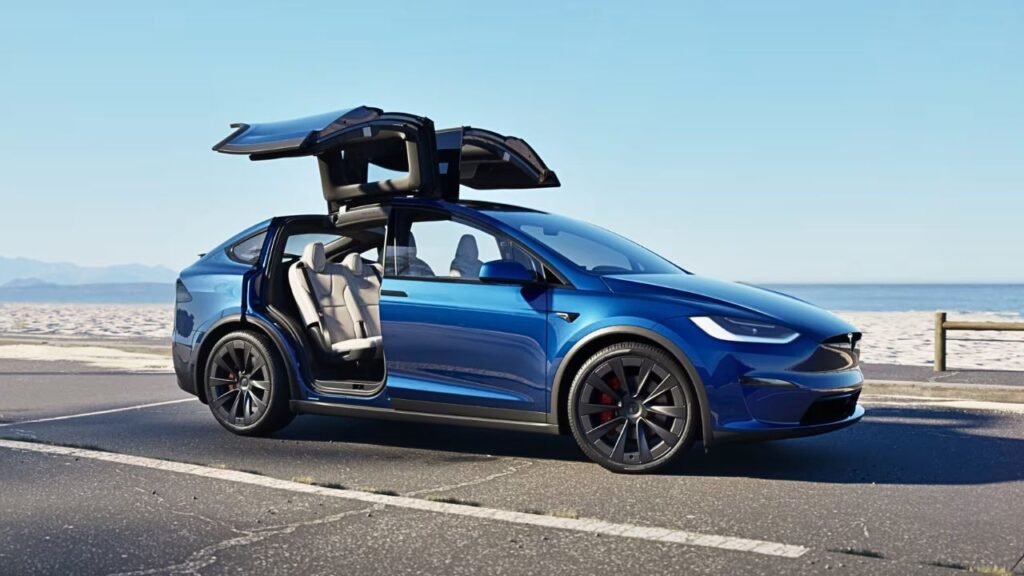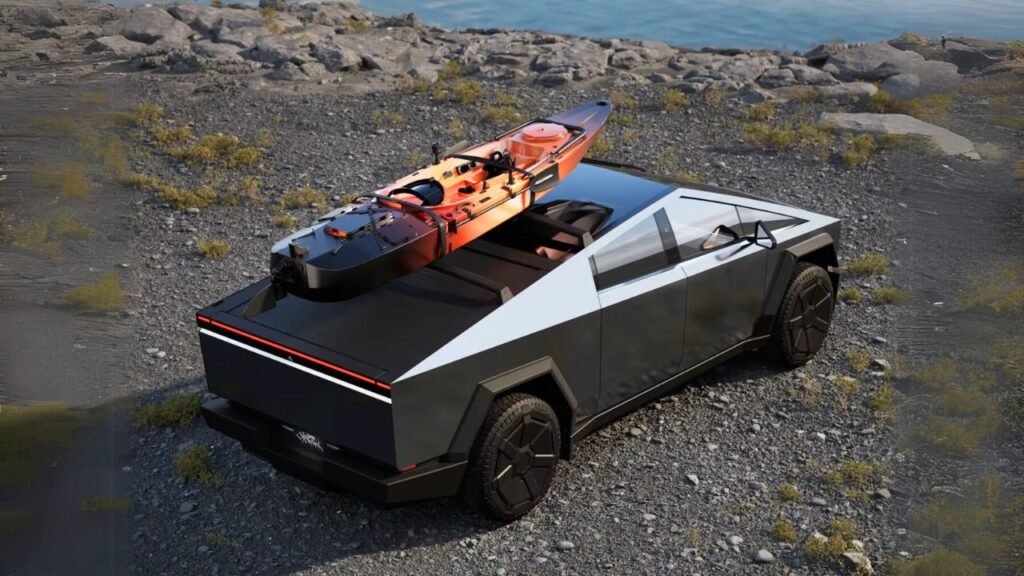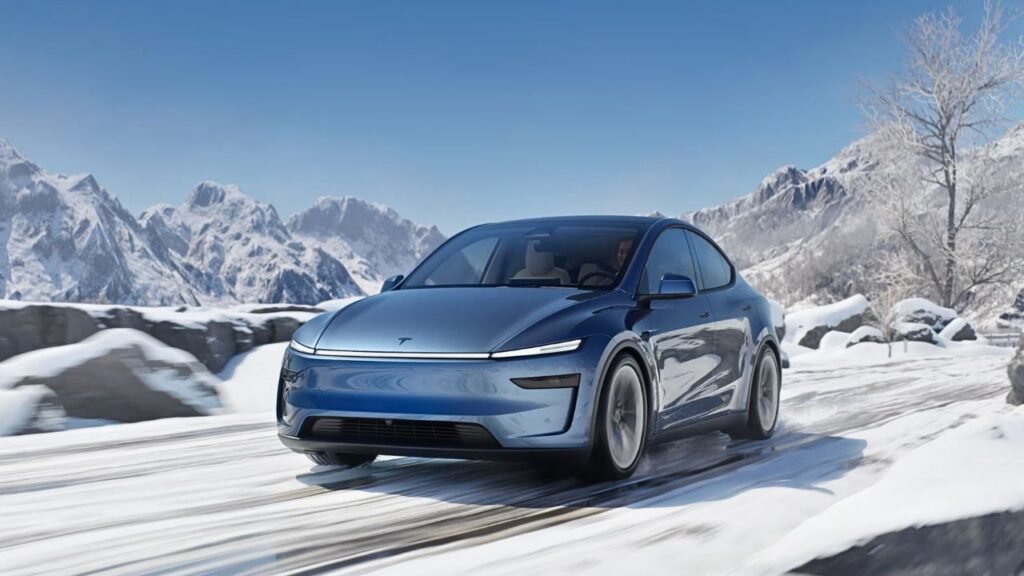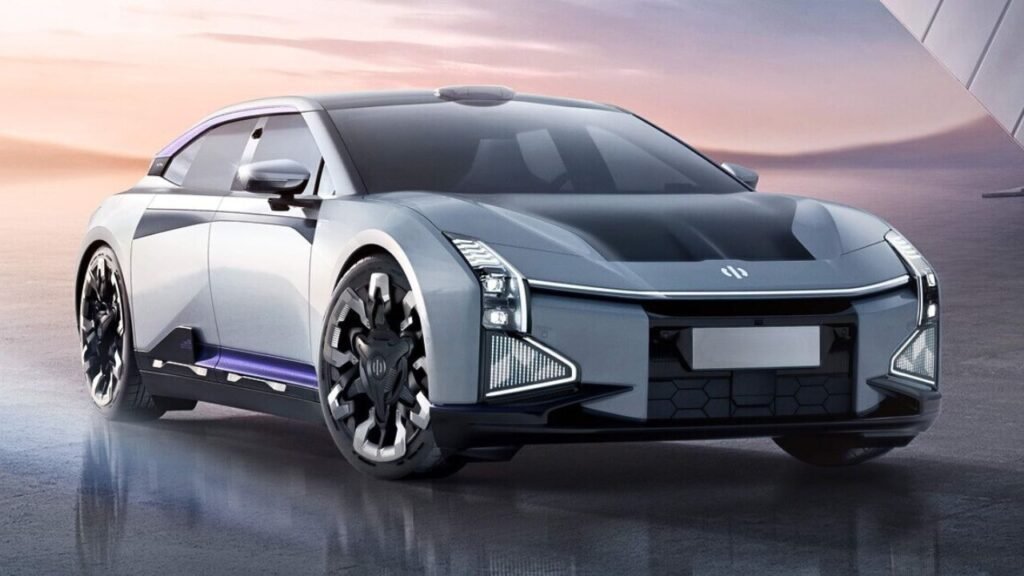After GM, Ford, and Harley Davidson’s unsuccessful exits, can Tesla India finally succeed? The Indian road will not be a walk in the park for Tesla. The Indian market is unlike China, Europe, or the US, where Tesla has been quite successful.
The Indian automobile market size is around 4 million vehicles. But the Indian consumers lack the buying power as compared to other major markets. Misunderstanding of the market can be disastrous even for automotive giants, as has been the case with GM, Ford, Fiat, Mitsubishi, and Harley Davidson.
Now, Tesla—the world’s most valuable automaker—is revving up to enter India. Will Tesla succeed in India or face the same fate as GM and Ford? Let’s explore the challenges, opportunities, and burning questions around Tesla’s future in India.

Why did GM, Ford, Fiat, and Mitsubishi fail in India?
Before exploring the prospects of Tesla’s future in India, let’s first look into the main reasons for the failure of other automotive giants in India. GM entered the Indian market in 1993 and exited in 2020, while Ford had entered India in 1995 and exited in 2021. Both American automotive titans failed to establish themselves even after more than two decades of working in the Indian market.
1. Misreading the Market
India has a low GDP per capita with huge wealth inequalities, making consumers highly price sensitive. Offering a premium product at higher pricing in any segment may not always be successful.
2. Bureaucratic Hurdles
Getting things done in India quickly is a dream. Red-tapism, corruption, complicated laws, and overlapping regulations are just some of the issues in the government departments.
3. Low level of localization and after-sales network
While Suzuki and Hyundai quickly localized production or sourcing of their parts in India, GM and Ford kept relying mostly on importing parts, which attracted high customs duties. Also, as compared to other companies, GM and Ford did not have an extensive after-sales network all over India.
4. Not capitalizing on models that were little successful
GM had some success with the Opel Astra and Chevrolet Tavera, while Ford had some success with the Ikon and Ecosport, but neither were able to capitalize on them.
5. Local competition
GM and Ford had faced stiff competition from not only Suzuki and Hyundai but also local Indian brands like Tata and Mahindra. While GM and Ford vehicles were expensive, others were seen as attractive to the highly price-conscious Indian consumers. GM and Ford were not able to match their pricing or after-sales service.


Tesla India—Opportunity
1. Unlike GM and Ford, Tesla is an EV-only company
Tesla is a dominant all-electric vehicle manufacturer. Tesla and BYD control almost a third of the global EV market. Tesla currently intends to first start with importing cars in order to check market response before committing to investing in a manufacturing base in India. The Indian government, too, is keen to lure Elon Musk and is considering lowering import duties considerably for EVs above USD 35,000 from the current 110% to 15%. But to avail this opportunity, manufacturers can import only 8,000 vehicles per year and need to commit at least USD 500 million in investment in the future.
2. India has a growing EV market
With a growing EV market, better government incentives, rising fuel prices, and growing environmental awareness, it could just be the right time for Tesla to enter India. Though the EV market is still quite small, the growth potential is big.


3. Tesla’s premium image
Tesla’s premium image and Elon Musk’s fan following could attract early adopters. Luxury EVs from Mercedes and BMW are much more expensive than Tesla. If Tesla car price in India is competitive, it could speed up the EV revolution in India.
4. India’s poor charging infrastructure
India’s poor charging infrastructure could provide a unique opportunity for Tesla in India. With its huge experience in setting up fast charging stations in China, Europe, and the US, it could try and replicate that business model in India too.
5. India’s relations with China
India’s conflict with China could be a major opportunity for Tesla. India’s restrictions on Chinese investments have already restricted BYD’s expansion and could give Tesla India a unique competitive edge. The Chinese companies lead the EV technology today, and if India restricts them from investing, it could provide an unexpected protection shield for Tesla against formidable Chinese competition.

Challenges for Tesla in India
1. Competitive model problem
At present, Tesla doesn’t have a model in the 20-25,000 USD range and this would make Tesla car price in India on the higher side. The cheapest Tesla Model 3 costs around 35,000 USD, which, after taxes and duties, would be too high for the Indian market. The Indian market for vehicles above 25,000 USD is very small, and reaching volumes to justify its investments could become difficult.
2. Charging Infrastructure
India has a very limited charging network, making the adoption of EVs much slower. This could limit the long-term growth rate for Tesla in India.
3. Local competition
While Tesla faced no competition in China, Europe, or the US during its beginning years, there are, however, local players already present in the Indian market. Hyundai, Kia, MG, Tata, and Mahindra already have EVs in India in the under USD 25,000 segment. Toyota and Suzuki are not too far behind. Fighting against these well-established car local players will not be easy for Tesla India.
4. Bureaucratic Hurdles
Understanding the Indian working system will take time for Tesla. Red-tapism, corruption, complicated laws, and overlapping regulations just add up to delays and losses.

Lastly, the burning question: Will Tesla succeed in India?
Tesla will not have the lone starter advantage in India as it did have in China, Europe, and the US. So the rules of the game will not be the same for Tesla in India. If Elon Musk can learn from GM and Ford’s mistakes, understand the complex, price-conscious Indian buyer well, get in a low-priced model suited to Indian conditions, localize production to reduce cost, and invest in expanding India’s charging network, Tesla India may succeed in the long run.
But these are easier said than done. Developing a cheaper model specifically for India may not get the volumes needed in the face of competition from other established local brands. Launching it on a global scale may shift Tesla’s sales from its more expensive models to the cheaper model, thus hurting profits.
So Tesla is standing at a crossroad as far as India is concerned. Tesla’s success will depend on its ability to balance its premium appeal with affordability. If it fails to adapt, India has already proved to be a graveyard for automotive giants, and Tesla India could surely be next.





Hello. magnificent job. I did not anticipate this. This is a remarkable story. Thanks!
I have been exploring for a little bit for any high quality articles or blog posts in this kind of house . Exploring in Yahoo I at last stumbled upon this site. Reading this info So i am satisfied to show that I’ve a very just right uncanny feeling I came upon just what I needed. I so much surely will make certain to don¦t omit this site and give it a look regularly.
After research a few of the blog posts in your web site now, and I actually like your way of blogging. I bookmarked it to my bookmark website checklist and can be checking again soon. Pls try my website online as effectively and let me know what you think.